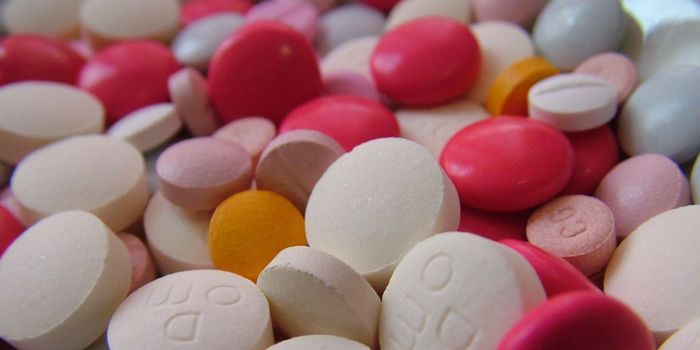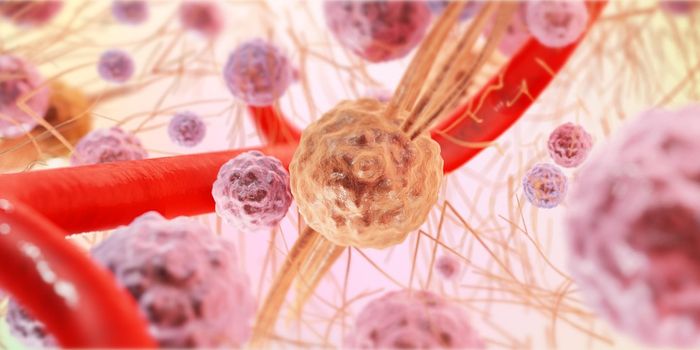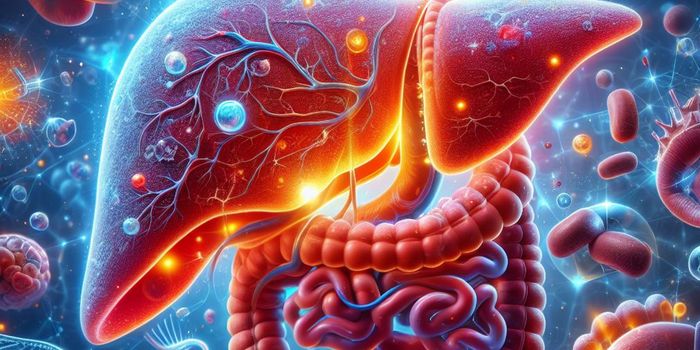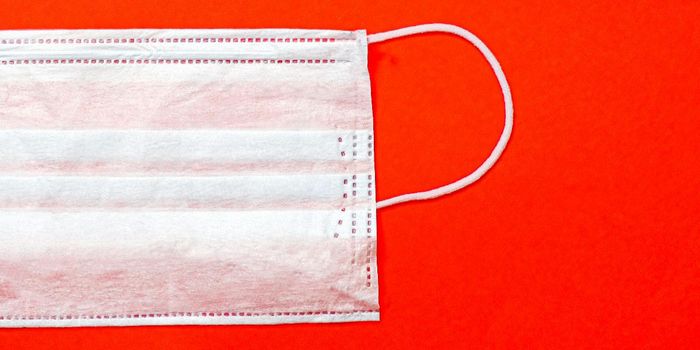Can Ecstasy Treat PTSD and Depression?
Ecstasy, also known as MDMA or “molly”, is a well-known substance known to induce feelings of euphoria and bliss, followed by a notorious, depressive period known as a come-down. Despite its reputation as a party drug though, in recent years, it has undergone trials for treating mental health disorders including Post Traumatic Stress Disorder (PTSD) and depression. But how effective is it?
Although therapeutic treatments involving ecstasy have been successful in achieving breakthroughs sooner than more conventional methods, some studies have shown that its usage may be linked to depression in a high number of users. A study from 2014 for example showed that past-users of the drug were at a higher risk of clinical levels of depression, impulsiveness, and sleep disturbance than non-users (Taurah: 2014). Another study indicated that teenagers who use ecstasy are more likely than their peers to suffer from elevated depressive symptoms (Montreal University: 2012).
But how? When taken, ecstasy increases the activity of at least three neurotransmitters. Specifically, these are serotonin, norepinephrine and dopamine. The increase in serotonin production is likely responsable for the euphoric experience the substance is known for. However, by releasing large amounts of serotonin in this way, the brain soon becomes depleted of this neurotransmitter, leading to a come-down during the following days.
Although this comedown is temporary, research on rodents and primates has shown that continual exposure to ecstasy damages serotonin neurotransmitters. For example, primates given ecstasy in moderate to high doses twice daily over four days showed reduced numbers of serotonergic neurons 7 years after the experiment, indicating a potential for long term negative side effects of the substance (NIDA: 2017).
Despite these cautions, however, it is possible that such negative outcomes may be linked to how the studies were conducted, how dosages were managed, and how participants were guided through their experience. Given legal restructions on conducting academic trials with the drug until recently, for the most part, studies on ecstacsy have been based upon self-reported cases of people taking the drug recreationally, and so do not necessarily reflect its therapeutic potential.
Although the substance certainly has a risk factor when taken in certain conditions- from taking excessive doses to the substance’s purity being uncontrolled- there is substantial research into how it may be taken safely to prevent negative side effects. Supplements including Alpha Lipoic Acid, Ginger and Vitamin E for example are backed by research to take in conjunction with ecstasy for their neuroprotective properties (Rollesafe.org).
Dosage and environment also seem to be important to lead to more positive results. Many studies for example have found success in treating PTSD with the substance when in therapeutic settings (Sessa: 2019). Furthermore, results so far seem positive for ecstasy in treating depression, particularly for those who otherwise struggle to share their emotions (White: 2016).
To conclude, although there are risk factors when taking ecstasy to treat PTSD and depression, these may be mitigated when taken in a clinical, or more therapeutic setting. Alongside this, should supplements be taken to mitigate any potential negative neurological side-effects, the substance seems promising as a tool to help people overcome mental disorders, perhaps even more effectively than traditional therapies and treatments.
Sources
Taurah, L. et al: Pub Med
Montreal University: Science Daily
NIDA, drugabuse.gov
Sessa, Ben et al. : Frontiers in Psychiatry
White, Catriona, BBC










